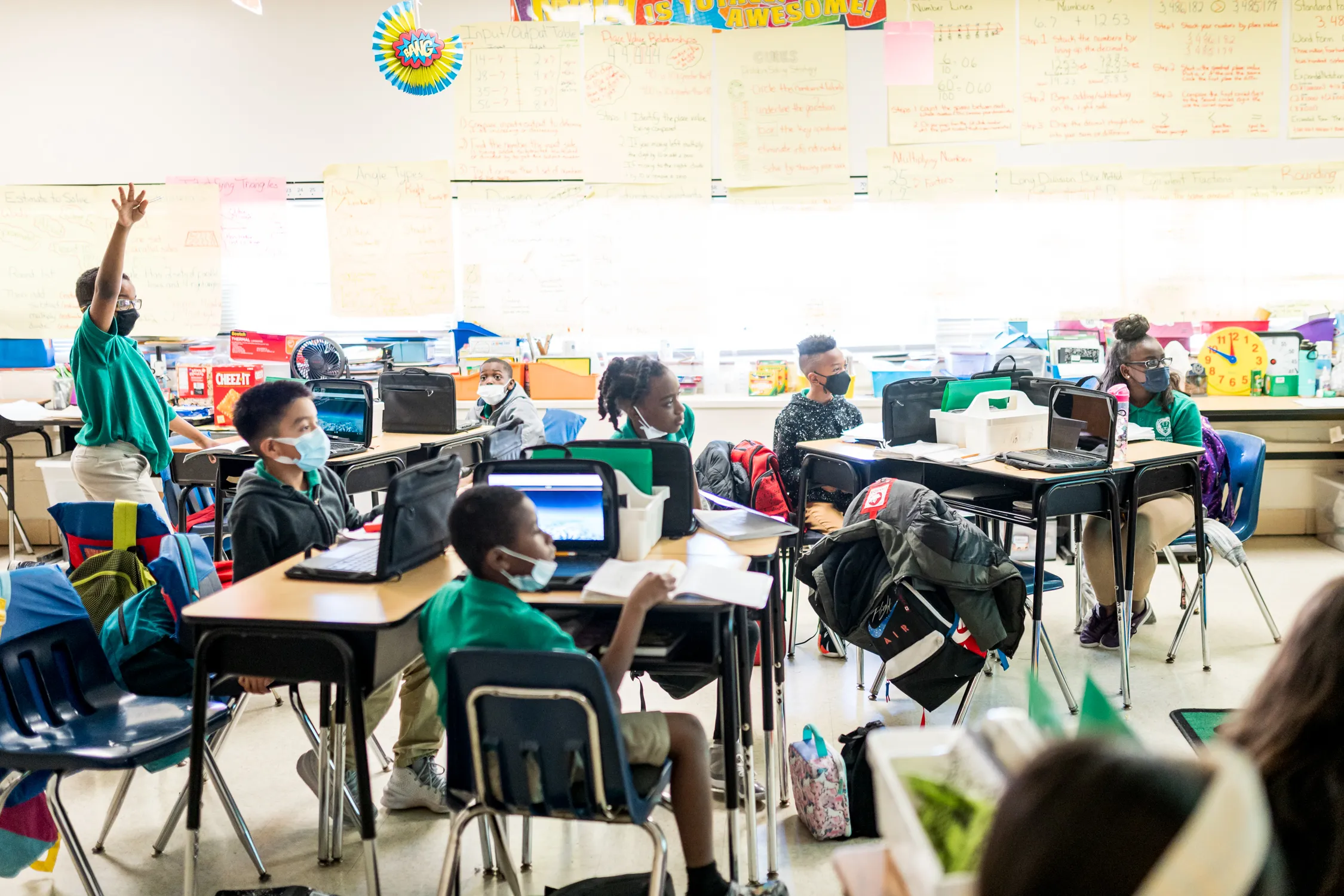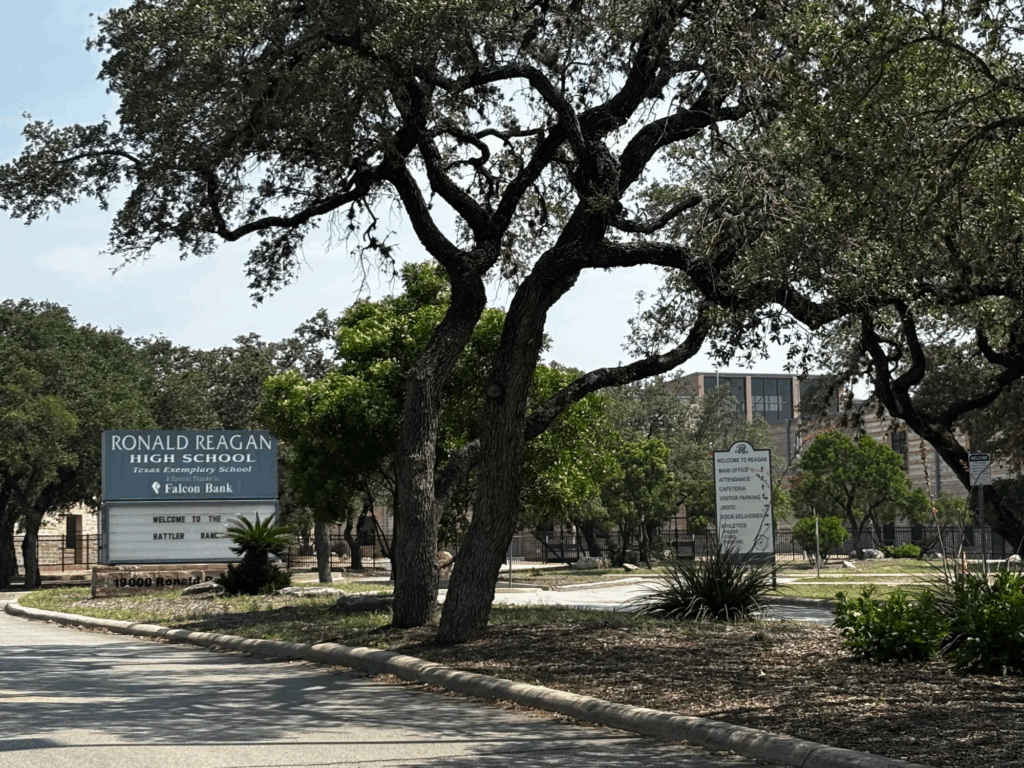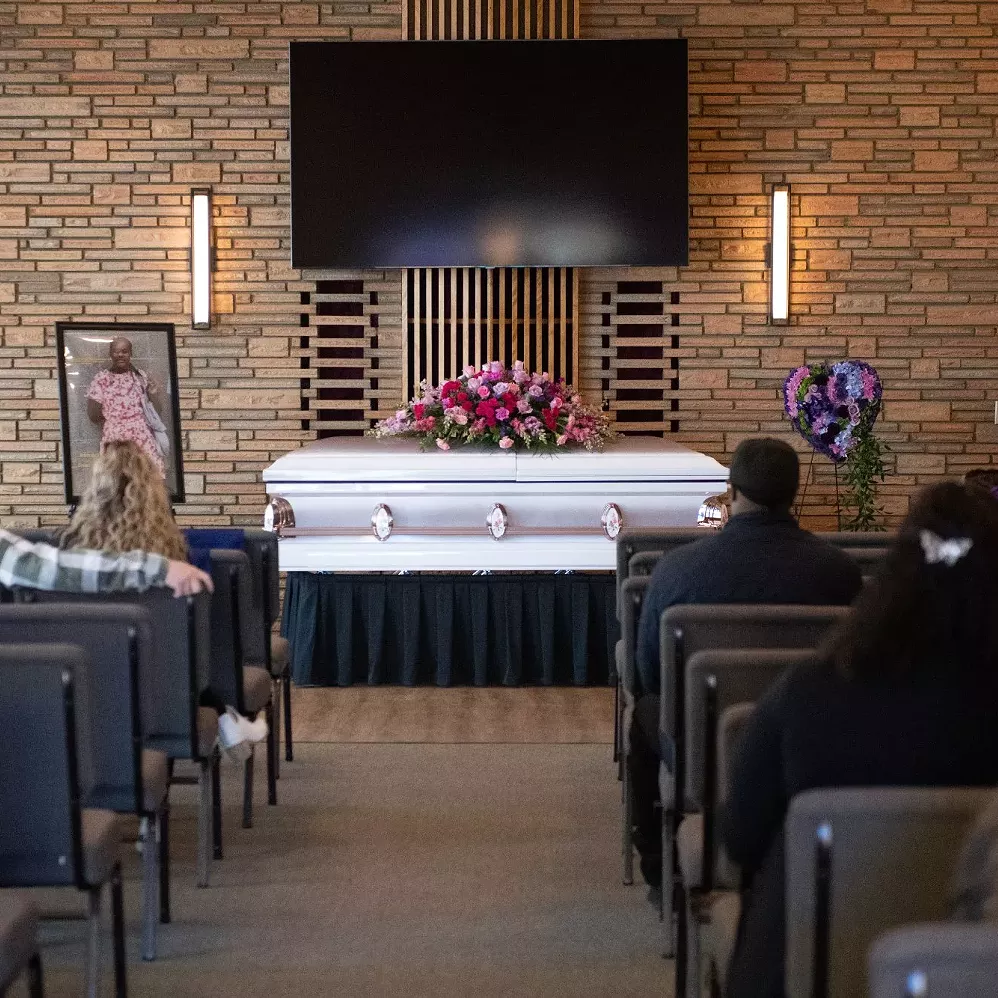Here are the ways Fort Worth schools provide mental health care to students

Fort Worth Report, by Jacob Sanchez and Dang Le, November 26, 2023: Carly Kandel ensures Briscoe Elementary is a good place for her students.
Nearly all of the Fort Worth ISD school’s students come from low-income homes, and their basic needs aren’t always being met, said Kandel, a program manager for Communities In Schools of Greater Tarrant County.
Kandel does all she can to make students feel safe and as ready to learn as possible — food, warmth, clean clothes — whatever students need.
“We can’t get to that higher level of thinking until we address all the things that are going on holistically for our kids,” she said.
School districts in Fort Worth use Communities In Schools as part of their toolkits to care for students’ well-being. They also offer counselors, telemedicine options and programs tailored to meet the specific needs of students. Research supports Kandel: Students whose mental health needs are addressed tend to perform better in school.
Communities In Schools has found 90% of students it serves see improved grades as well as better behavior — and 96% of students are promoted to the next grade.
Texas is among the states with a higher prevalence of mental illness and lower rates of access to care for young people, according to the national nonprofit Mental Health America. The group ranked the state last in mental health access in 2022.
Half of school districts in Texas have no mental health services. The rest offer some access or telehealth only — few have adequate resources.
In October, the Fort Worth Report reached out to all 12 school districts in the Fort Worth area to ask how they handle their students’ mental health. Aledo, Burleson, Castleberry and Lake Worth ISDs did not respond by publication time.
Read more from the Fort Worth Report here.




